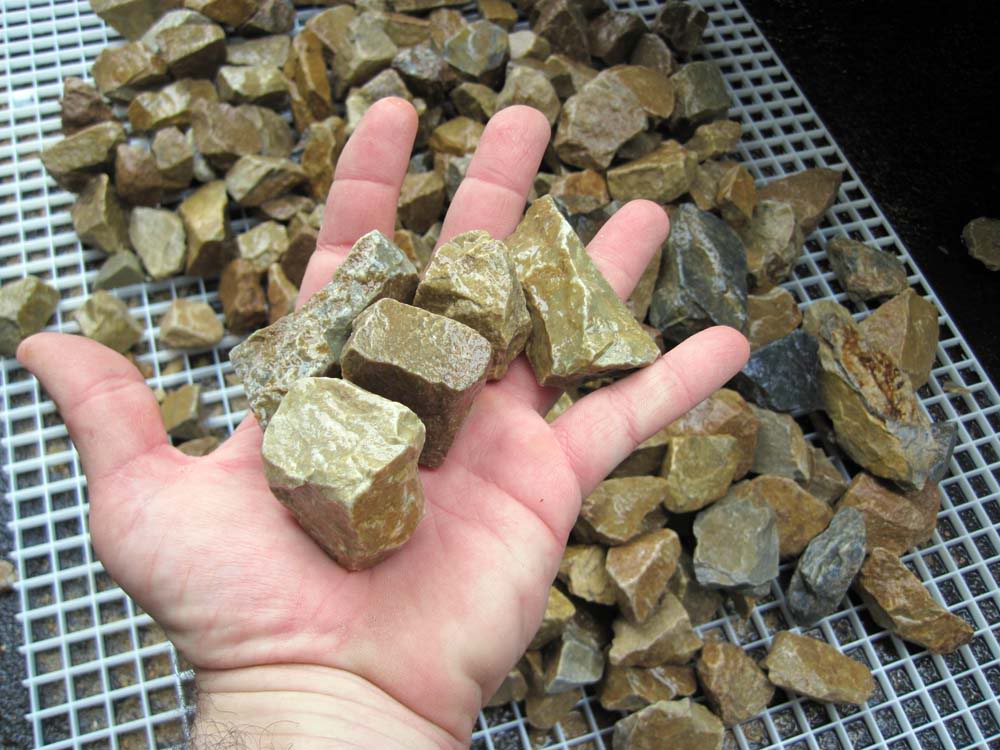cgthebeast
Aquarium Advice Addict
Does this rock make a good base rock for a saltwater reef? Any body use it before?
Probably to save money on sand. Limestone is calcium based, so it's reef safe.
Sure, but having live rock and aragonite sand in the tank already, I wouldn't think it would change things much to add more limestone. Plus, it's quite dense. I don't see the limestone that I'm used to, breaking down in salt water as easily as ocean rock or calcium based sand/crushed coral.

I'm thinking it's composition is somewhat different. I want to think it's like different metals, some softer than others. Those rocks you see in my hand would be hard to break with a hammer, while calcium based live rock can easily be pulverized with the right tool.
